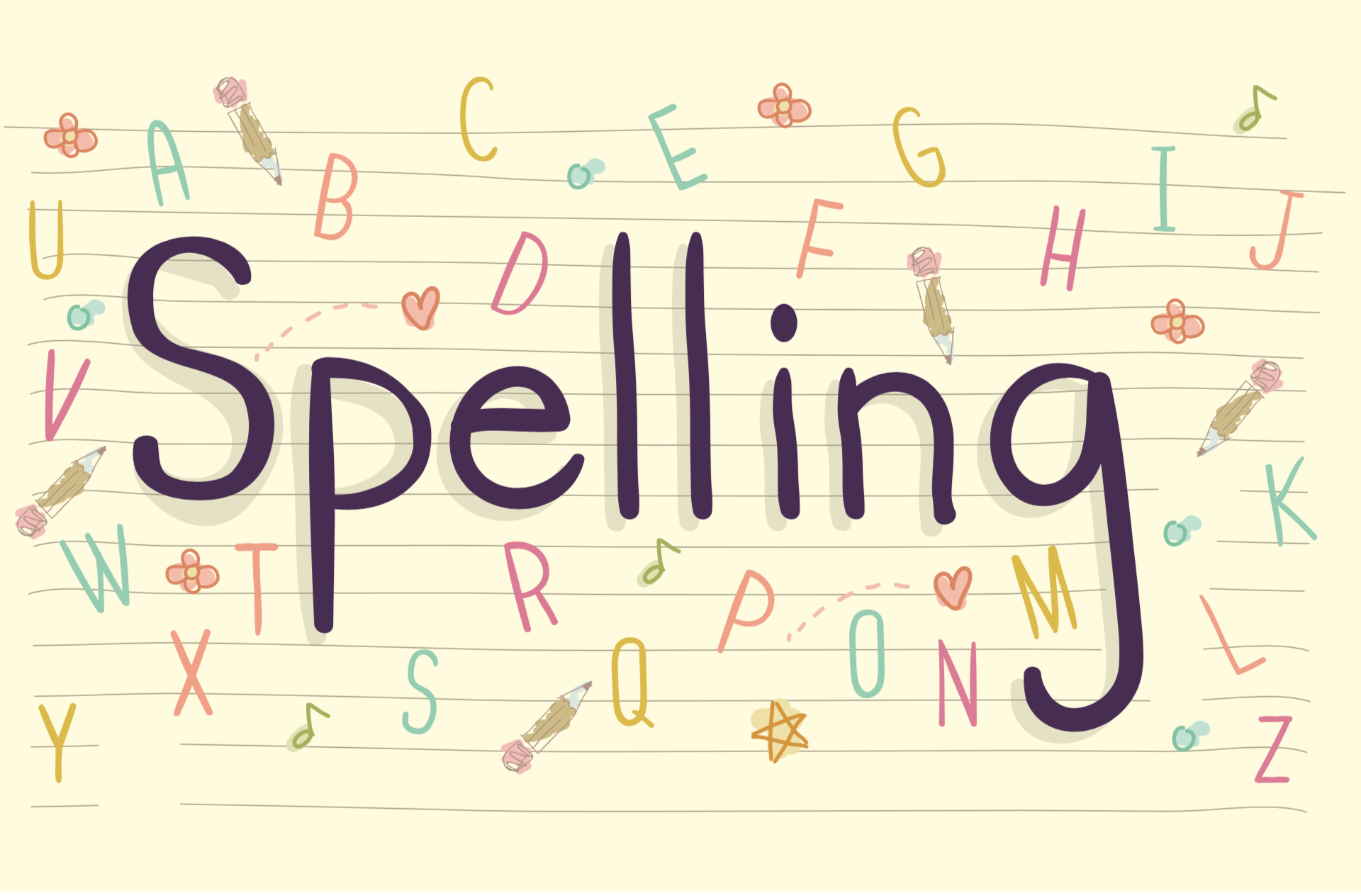Spelling is an important part of writing for clear communication. Spelling is generally harder than reading, and the lessons can be tedious (remember the days when you wrote words 10 times each on your notebook until your wrist got sore?). In this post, we will share with you 5 ways to help your struggling spellers build an important academic skill that will turn into a life skill one day.
1. Spelling in Everyday Life
Try spelling words in ordinary, everyday conversations. You can simply spell out words to your children and ask them to do the same. You can also apply your spelling lessons to real life exercises by helping them write letters to their friends and family. Letter writing is a good exercise that helps with spelling and writing in a fun, engaging way. Furthermore, your student can try keeping a diary. Encourage your kids to keep book logs, record of what they learned and did on a daily basis. This will not only improve their spelling and writing skills but also creative and thinking skills as they have to decide what to write about and how to write about it in their own language. Plus, having diaries for you and your kids to read and look back on will bring so much joy in the years to come.
2. Spelling Dictation
Dictation is a great way to help your child master language arts skills including listening, reading, and writing, as well as for you to assess their strengths and weaknesses. Have a notebook and a pencil ready, sit down with your children and read words aloud for them to write down and spell. Spelling is better taught with high levels of engagement and student-teacher interaction than independent activities. Dictation ensures your student is testing and applying their own knowledge while also actively interacting with and getting supervision from the parent.
3. Play Word Scramble Game
There are many free spelling games online where kids can hone their spelling skills while also having fun. Or you can sit down with your kids and give them scrambled words using alphabet blocks or your own letters made of colored paper. Then give them a limited time to unscramble those words and this will be a great spelling exercise and competition for struggling spellers and competitive students.
4. Spelling Train
Pick a word and read it aloud and have your kids write it down. Then ask them to come up with another word that begins with the last letter of the first word. Your kids can go around and play together, or play with you if they're an only child. For example, it can go on like:
Bee
Egg
Gelato
Omelette
Eel
.... and on and on and on!
5. Explore Some of the Best Multi-sensory Homeschool Spelling Curricula
The most engaging way to teach children spelling is to take a multi-sensory approach and let them use more than one of their senses to learn and practice spelling. Their brain retains information better and longer when learning involves multiple senses simultaneously. Here are some of the best multi-sensory homeschool spelling products that will help your children master spelling more effortlessly and effectively.
Sing, Spell, Read & Write is a learning-to-read curriculum that uses a 36-step program of carefully sequenced systematic phonics instruction to build reading fluency.
Touch-type Read and Spell is a multi-sensory course that teaches touch-typing skills in ways that help kids improve their reading and spelling. Help your child type, read and spell with confidence.
Nessy.com provides fun, educational software programs designed to help students of all abilities in grades K-6 to read, write, spell and type, especially those with dyslexia.
Ginger Software is an intelligent, contextual spell and grammar checker that enables users to write texts that are error-free. With its real-time spelling and grammar corrections, Ginger will help your child gain proficiency in writing and spelling skills.


